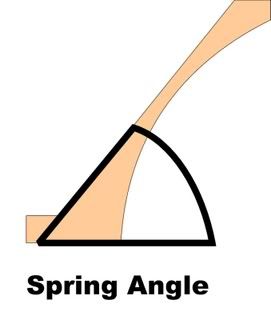Joe90
Established Member
Hi
As the title says... why does my Makita SCMS have the angle 31.6 degrees specially marked:?: I have never known the answer....
1 point for the first correct answer!
Cheers
Joe
As the title says... why does my Makita SCMS have the angle 31.6 degrees specially marked:?: I have never known the answer....
1 point for the first correct answer!
Cheers
Joe




